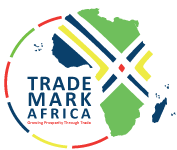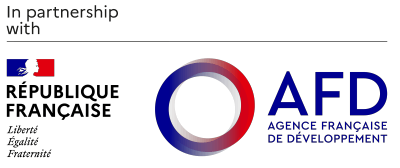Rwandan food producers are submitting themselves to the most stringent of global tests –good enough even for astronauts in space - to get a stamp of approval that will enhance their standing in world markets and help increase badly-needed exports. “This certification has increased consumer confidence and our confidence too,” says Dative Giramahoro, of Sosoma Ltd, which mills maize. “We sell in Kenya’s Nakumatt supermarket in Kigali, so now there is no reason why we cannot sell to any Nakumatt in Kenya,” she says. The certification is part of a programme overseen by the Rwandan Bureau of standards (RBS) to help the local food industry eat into the country’s 4-1 trade deficit with the rest of the world by increasing exports to the East African Community (EAC) and beyond. “There is no doubt that the certification we have received will help us increase exports and we see the European Union (EU) and Canada as primary targets, even the United States,” says, Anna Uwiganza, head of Kinazi Cassava Plant ltd. The standards are out of this world. They were pioneered by the U.S. Pilsbury Company, the U.S. army and the U.S. space programme NASA to guarantee the safety of any food that astronauts might consume in space. Called Hazard Analysis and Critical Control Points (HACCP), the system is a set of preventive analyses to prevent bacteria getting into the food chain at every point from harvests to packaging and is the most widely used food safety standard in the world today....
Rwanda targets exceptional food safety standards to boost exports
Posted on: October 3, 2014
Posted on: October 3, 2014
























